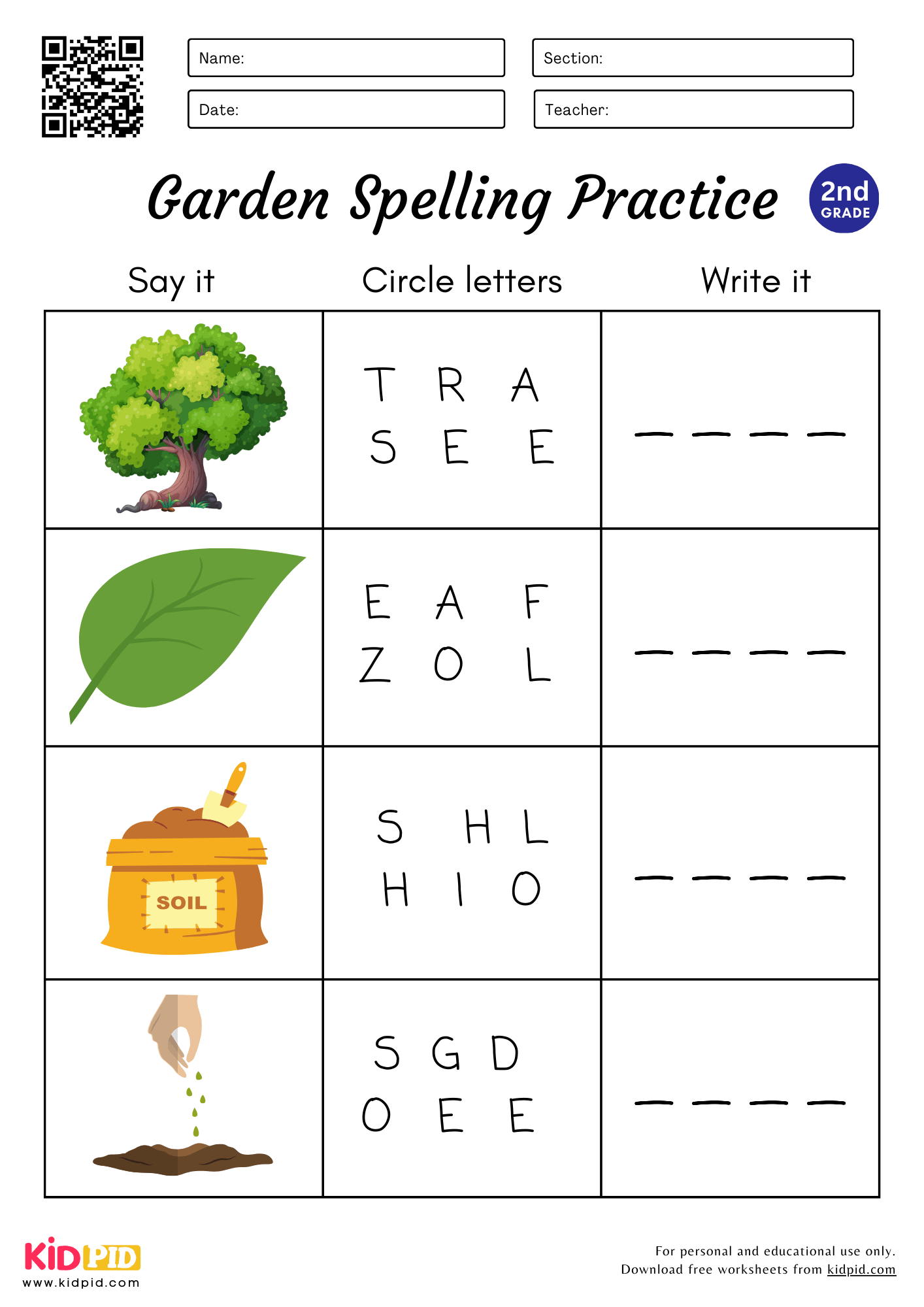Spelling practice is an essential component of a second-grade student’s education. It not only helps them improve their spelling skills but also enhances their vocabulary and language abilities. By incorporating fun and interactive activities, teachers can make spelling practice engaging and effective for young learners.
Grade 2 is a crucial stage in a child’s academic development, where they begin to master fundamental spelling rules and patterns. It is important to provide them with consistent practice and support to strengthen their spelling abilities and build a strong foundation for future learning.
Spelling Practice Grade 2
One effective way to engage second-grade students in spelling practice is through interactive games and activities. By incorporating games such as word searches, crossword puzzles, and spelling bees, teachers can make learning fun and engaging for young learners. These activities not only help students practice spelling words but also improve their problem-solving and critical thinking skills.
Another useful strategy for spelling practice in grade 2 is the use of mnemonic devices. Mnemonics are memory aids that help students remember how to spell difficult words by associating them with familiar phrases or images. For example, remembering the spelling of “because” by using the phrase “big elephants can always understand small elephants” can make spelling more manageable and enjoyable for students.
Consistent practice and reinforcement are key to improving spelling skills in grade 2. Teachers can create spelling lists based on common spelling patterns and rules for students to practice regularly. By providing students with opportunities to practice spelling words in various contexts, such as writing sentences or stories, teachers can help them apply their spelling knowledge in real-world situations.
Incorporating technology into spelling practice can also make learning more engaging for grade 2 students. Online spelling games and apps provide interactive ways for students to practice spelling words and receive immediate feedback on their progress. By using technology as a tool for spelling practice, teachers can cater to diverse learning styles and keep students motivated and focused on their learning goals.
In conclusion, spelling practice is a crucial aspect of a second-grade student’s education. By incorporating fun and interactive activities, mnemonic devices, consistent practice, and technology, teachers can help grade 2 students improve their spelling skills and develop a strong foundation for future academic success. With ongoing support and encouragement, students can become confident and proficient spellers, setting them up for success in their academic journey.
